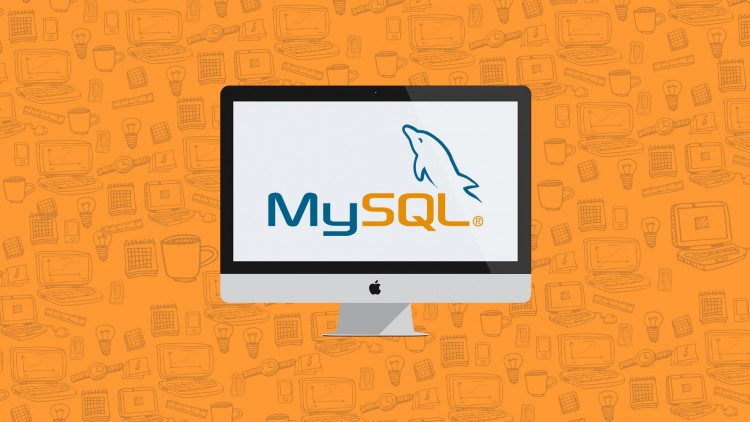Introduction:
PHP is a widely-used programming language for creating dynamic and interactive websites. MySQL, on the other hand, is an open-source relational database management system commonly used in conjunction with PHP. The integration of these two technologies is essential for building robust web applications that require efficient data management. In this article, we will delve into the fundamental principles of accessing and managing MySQL databases with PHP. This is a common requirement when developing dynamic websites and web applications, and understanding these principles is crucial for any web developer looking to build data-driven applications.
1. Importance of MySQL and PHP Integration:
- Powerful Combination: PHP and MySQL together form a powerful combination, facilitating the development of dynamic websites. PHP’s ability to interact with MySQL allows developers to create websites that can store, retrieve, and manipulate data dynamically. This is essential for websites that require user interaction, such as forums, blogs, and e-commerce sites.
- Core Feature of PHP: The ability to access and manipulate data in the database is a core feature of PHP. This integration enables developers to create dynamic content based on user inputs and database queries, making websites more interactive and user-friendly.
- Database Interaction: Integration of MySQL with PHP allows users to manage their interactions with the database in web applications. Whether it’s storing user information, retrieving product details, or managing content, PHP’s integration with MySQL is indispensable for modern web development.
2. Connecting to MySQL Database with PHP:
PHP provides different drivers such as mysqli or PDO for connecting to MySQL. These drivers allow developers to establish a connection between PHP scripts and MySQL databases, enabling the execution of SQL queries. Properly setting the connection parameters, such as the database host, username, password, and database name, is essential for establishing a successful connection.
- MySQLi Extension: The
mysqliextension provides a procedural interface for interacting with MySQL databases. It is an improvement over the oldermysqlextension, offering better performance and security. - PDO (PHP Data Objects): PDO provides a consistent interface for accessing multiple databases, including MySQL. It supports prepared statements, which help prevent SQL injection attacks, making it a preferred choice for many developers.
- Executing Queries: Once the connection is established, developers can execute database queries, such as SELECT, INSERT, UPDATE, and DELETE, to interact with the database and process the results within PHP scripts.

3. Performing Basic MySQL Operations with PHP:
Once connected to a MySQL database, PHP can perform various operations to manage the data. These operations are fundamental to any data-driven application and include inserting new records, retrieving data, updating existing records, and deleting data that is no longer needed.
- Data Insertion: You can use the
INSERT INTOstatement to insert new data into the MySQL database with PHP. This is essential for applications that require user registration, form submissions, or any scenario where new data needs to be stored. - Data Retrieval: Query data from the MySQL database using the
SELECTstatement and process the results. This allows you to display dynamic content based on the data stored in the database, such as product listings, user profiles, or blog posts. - Data Update: Use the
UPDATEstatement to update existing data. This is particularly useful for applications that allow users to modify their information, such as updating a profile or changing an order status. - Data Deletion: You can delete data from the MySQL database using the
DELETEstatement. This operation is essential for maintaining database integrity by removing outdated or unnecessary data.
4. Sample Application:
To demonstrate the integration of PHP and MySQL, let’s create a sample application that connects to a MySQL database, performs basic operations, and displays the results. This simple application will give you a practical understanding of how PHP and MySQL work together.
- Create a PHP file and connect to the MySQL database. Use either the
mysqliorPDOextension to establish the connection. - Execute database queries to insert, query, update, or delete data. Use the appropriate SQL statements within your PHP script to interact with the database.
- Process the results to create a dynamic web page. Display the data retrieved from the database on the web page, allowing users to interact with dynamic content.
5. Security Measures:
When integrating PHP with MySQL, security should always be a top priority. Protecting the database from common threats such as SQL injection and ensuring the safe storage of sensitive information is crucial for maintaining the integrity and security of your web application.
- Input Validation: Implement input validation to ensure that all data submitted by users is properly sanitized before being processed by the database. This helps prevent malicious inputs from compromising your application.
- Preventing SQL Injection: Use prepared statements with parameterized queries to protect against SQL injection attacks. Both
mysqliandPDOsupport prepared statements, making it easier to secure your database interactions. - Secure Password Storage: Store database passwords securely, preferably using environment variables or encrypted files, and never embed them as plain text within your PHP code.
Conclusion:
Integrating MySQL with PHP is a fundamental skill for developing dynamic websites and web applications. In this article, we’ve covered how to access and manage MySQL databases with PHP, emphasizing the importance of security measures. By honing these skills, you can create powerful and efficient web applications with PHP, ensuring both functionality and security. For more details, visit Integrating MySQL with PHP: Accessing and Managing MySQL Databases with PHP.




